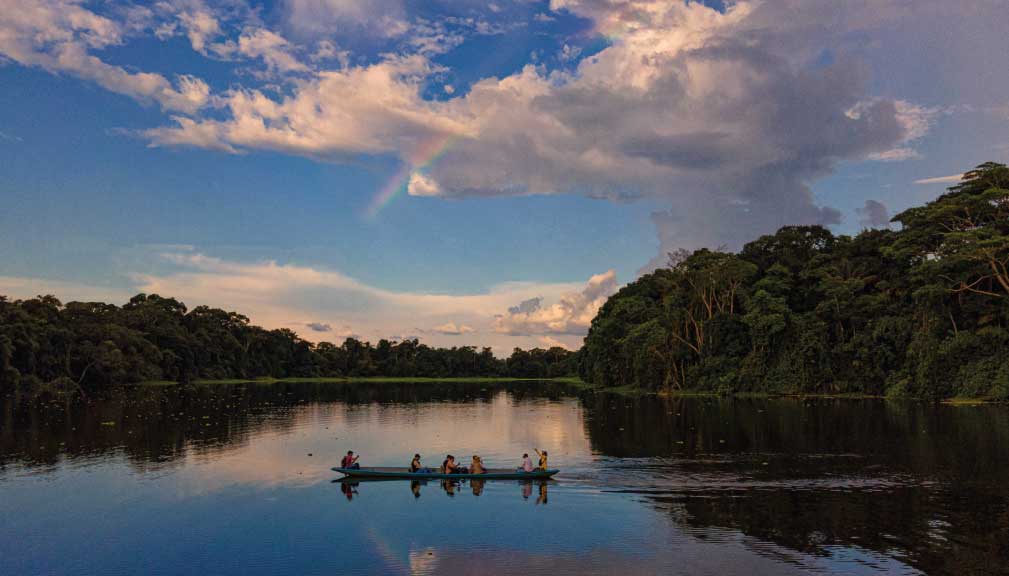Ecuadorian Amazon:
The heart of the world
While civilization advances, it becomes harder to find natural spaces untouched by technology or concrete roads. Now it often feels like a battle: human beings against the Earth. We should be looking for solutions to save nature, which is
essential to our well-being.
We’re glad you are reading this, it means you are one of the mindful individuals in this world who truly care about our planet. Visiting the Amazon is a gift from life, a gift you deserve to enjoy and carry with you forever.
Why the Amazon Rainforest is so important
As you may know, these lands are called “The lungs of the Earth”. They absorb about 25% of atmospheric carbon dioxide and produce 6% of the total oxygen in Earth’s atmosphere. The Ecuadorian Amazon has 120,000 km², which accounts for 1.7% of the entire Amazon.
One of the most emblematic places is Yasuni National Park, recognized by UNESCO as a Biosphere Reserve, which is home to a significant part of the world’s biodiversity. The park includes lagoons, rivers, hills, waterfalls and rainforests, all of which shelter wildlife such as:
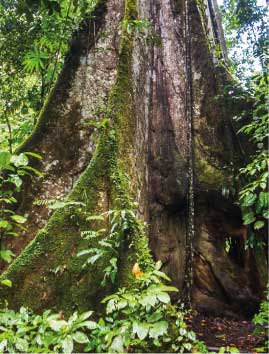
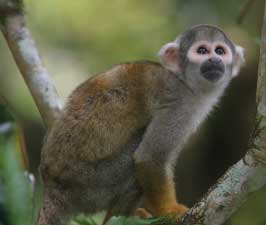
Mammals:
Jaguars, pink dolphins,
howler monkeys, ocelots
and capybaras.
Birds:
More than 600 species,
including macaws, toucans
and the emblematic
cock-of-the-rock.
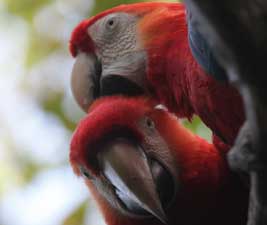
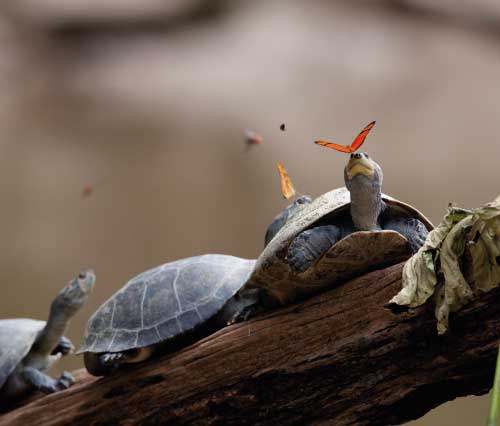
Reptiles and
amphibians:
Caimans, glass frogs
and anacondas.
Plants:
Giant trees such as
kapok, lianas, orchids
and medicinal plants.
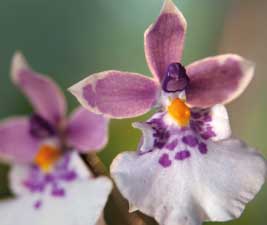

Mammals:
Jaguars, pink dolphins,
howler monkeys, ocelots
and capybaras.

Birds:
More than 600 species,
including macaws, toucans
and the emblematic
cock-of-the-rock.

Reptiles and
amphibians:
Caimans, glass frogs
and anacondas.

Plants:
Giant trees such as
kapok, lianas, orchids
and medicinal plants.
Some of them are endemic species
Activities you’ll love to do
The Amazon is also home to indigenous communities, including the Kichwa, Waorani, and Shuar who have coexisted with nature for centuries. Specifically, in Yasuni, you will find the Añangu Kichwa Community, who play an active role in developing environmentally conscious tourism. You’ll have the opportunity to learn about their traditions, gastronomy, language, legends, handicrafts, and history.
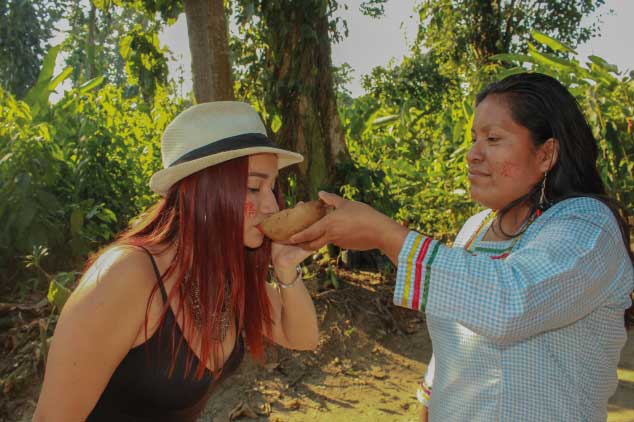
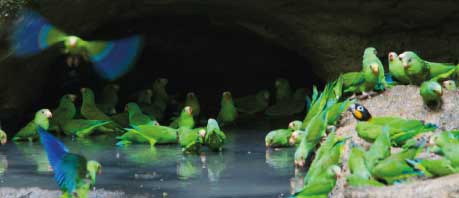
During your hike with a tour guide and group, you might meet some new animal friends! . It is very common to see exotic species like the ones mentioned above. The sight of the parrots at the clay licks is simply stunning.
If you are looking for a broader panoramic view, you will have the chance to climb to observation towers for amazing photos.
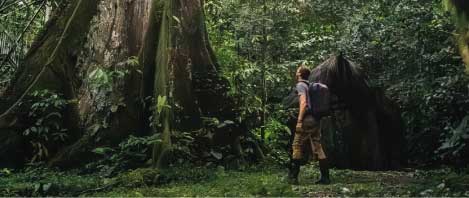
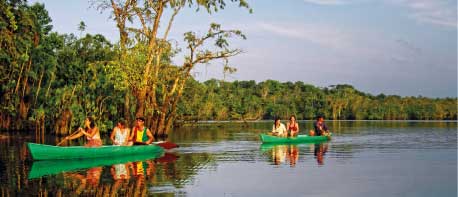
For a sublime experience, you can immerse yourself in the tranquility of the waters aboard a traditional canoe. Let the current of the Añangucocha lagoon take you through impressive landscapes where you’ll encounter aquatic wildlife.
What do you need to know and take on the trip
Weather: The Amazon has a humid, tropical climate that averages temperatures between 23º and 30º Celsius (70º and 89º Farenheit), and constant rainfall throughout the year
Rain Protection: With high temperatures, humidity and frequent rain. A poncho or raincoat will allow you to enjoy hikes and outdoor activities without worry.
Clothing: Wear lightweight clothing and bring insect repellent–remember that the climate attracts insects, so it will help you to avoid any discomfort in the forest.
This is a great opportunity for anyone who loves nature, wants to explore the beauty of our world, and seeks to learn how to preserve it from an eco-friendly perspective.
